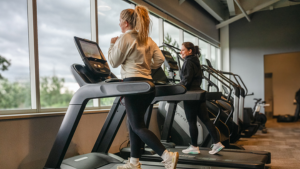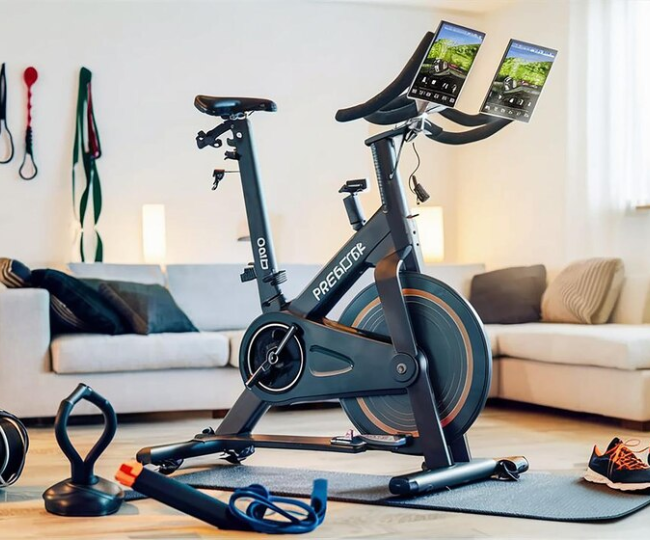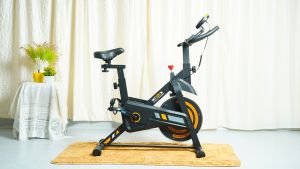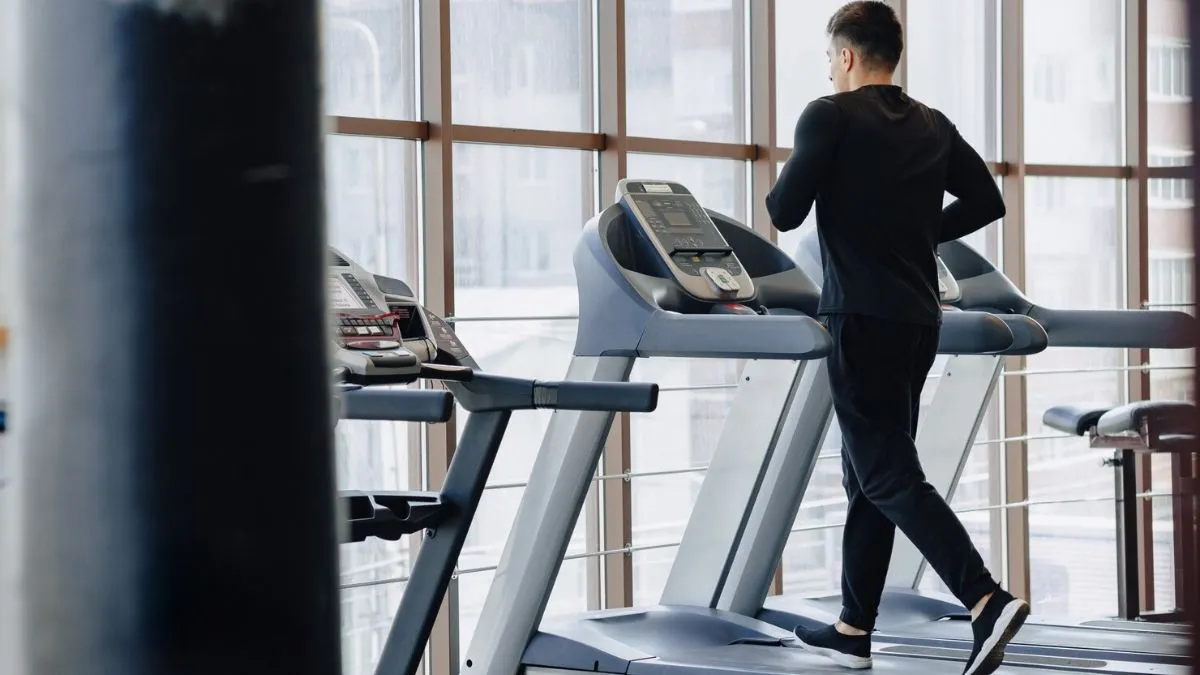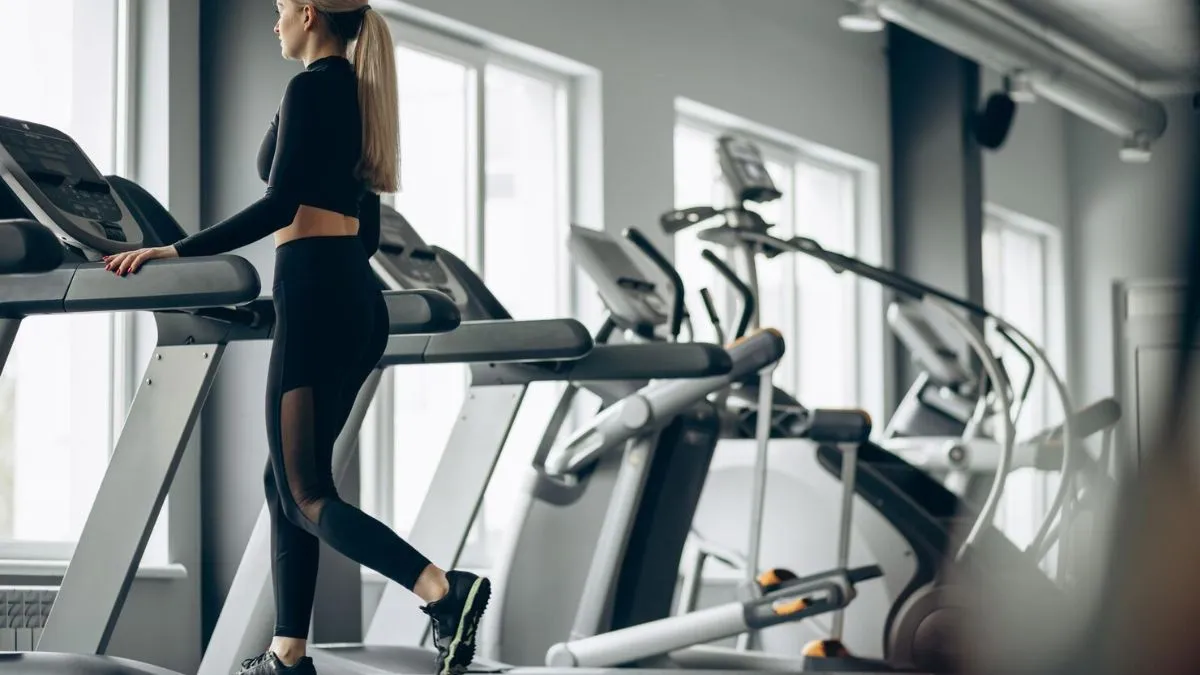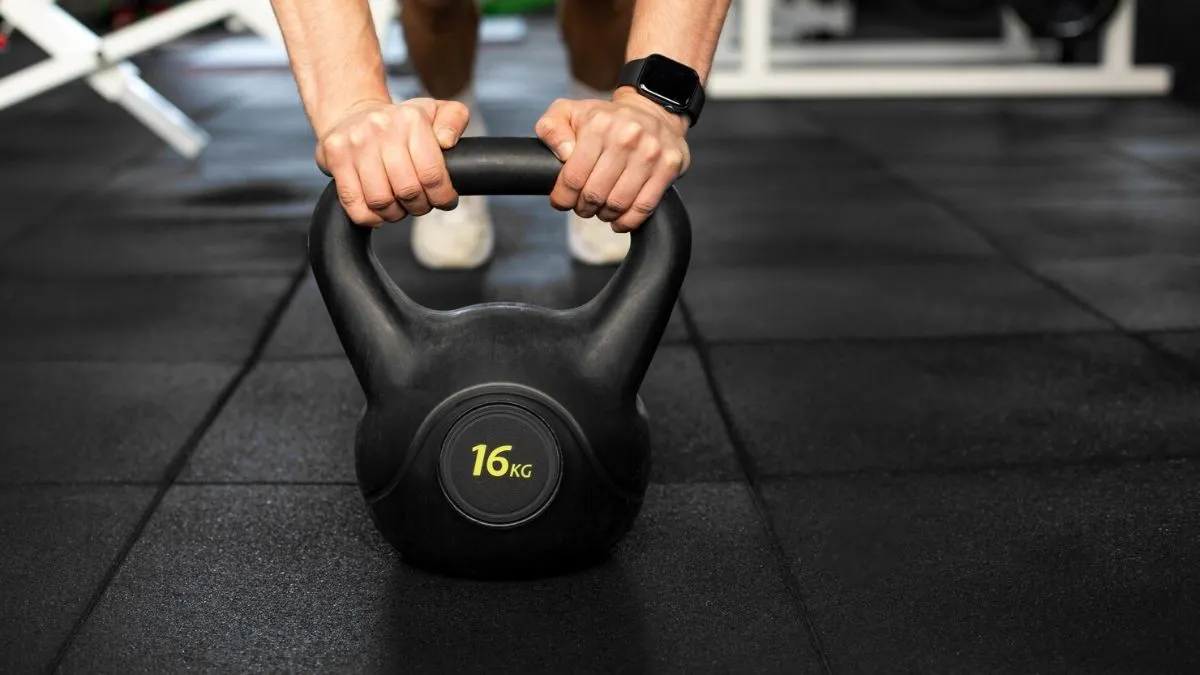Choosing the top treadmill model can significantly impact your fitness journey. This article from our Fit Zone category delves into the specifics of manual versus automatic treadmills, helping you understand their core differences. We'll explore the advantages and disadvantages of each to help you make an informed decision tailored to your fitness needs and preferences. Manual treadmills use only your motion to power the unit, so they provide a more authentic and self-directed workout. Typically, manual treadmills also tend to be light and compact, not to mention not powered by electricity. In addition, manual treadmills provide the best price and are the most sustainable option for working out. With a manual treadmill, its clear that the intensity of your workout relates to your effort. This means you can burn a lot more calories because you can do a higher intensity workout.
Automatic treadmills utilize an electric motor to operate the belt to allow you to run without foot strikes, as well as allow you to modify your workout speed and incline. Most automatic treadmills will also include features like pre-programmed workouts, a heart rate monitor, and entertainment options while you work out. Automatic treadmills do have a lot of usefulness and added features, but you pay for these in weight, size, and electricity consumption. In summary, the best treadmill for you will be influenced by your fitness attitudes, your budget, and your available workout spaces.
Understanding Key Differences And Utilities
When choosing a top-rated treadmill, understanding the differences between manual and automatic models is essential for making the right fitness investment. Manual treadmills operate without electricity, offering a cost-effective, eco-friendly option, while automatic treadmills provide advanced features, comfort, and versatile workout programs. Each type has unique benefits, depending on budget, space, and fitness goals. The table below highlights key aspects such as power source, speed, cost, technology, and durability to help you decide which treadmill best suits your needs.
|
Feature/Aspect |
Manual Treadmill |
Automatic Treadmill |
Utility/Best For |
|
Power Source |
Works without electricity, fully user-driven |
Runs on electricity with motorized belt |
Manual: Eco-friendly, outdoor-like feel Automatic: Smooth workouts, preset programs |
|
Speed & Incline |
Speed depends on user’s effort, limited incline |
Adjustable speed & motorized incline options |
Manual: Strength training Automatic: Cardio, endurance, HIIT |
|
Cost & Maintenance |
Budget-friendly, low maintenance |
Expensive, requires regular servicing |
Manual: Beginners, low-budget users Automatic: Fitness enthusiasts |
|
Workout Experience |
Tougher on joints, requires more effort |
Comfortable, cushioned belt, advanced features |
Manual: Short, intense workouts Automatic: Long, versatile workouts |
|
Features & Technology |
Basic design, no digital display or programs |
Digital console, workout modes, app sync, speakers |
Manual: Simple use Automatic: Tech-savvy fitness lovers |
|
Space & Portability |
Lightweight, foldable, easy to move |
Heavier, requires more space |
Manual: Small apartments Automatic: Home gyms |
|
Durability & Lifespan |
Lasts long due to simple mechanics |
May wear out faster with heavy motor use |
Manual: Long-term durability Automatic: Moderate to high usage |

